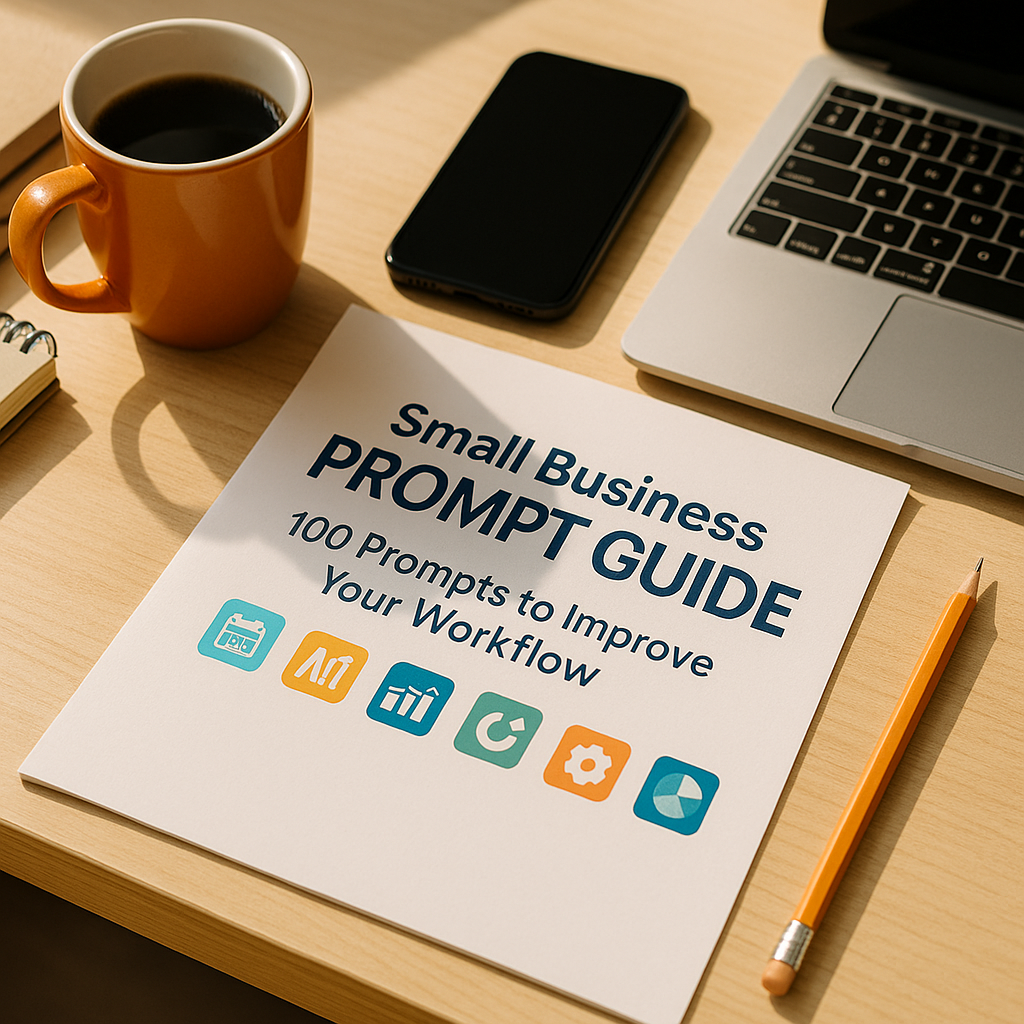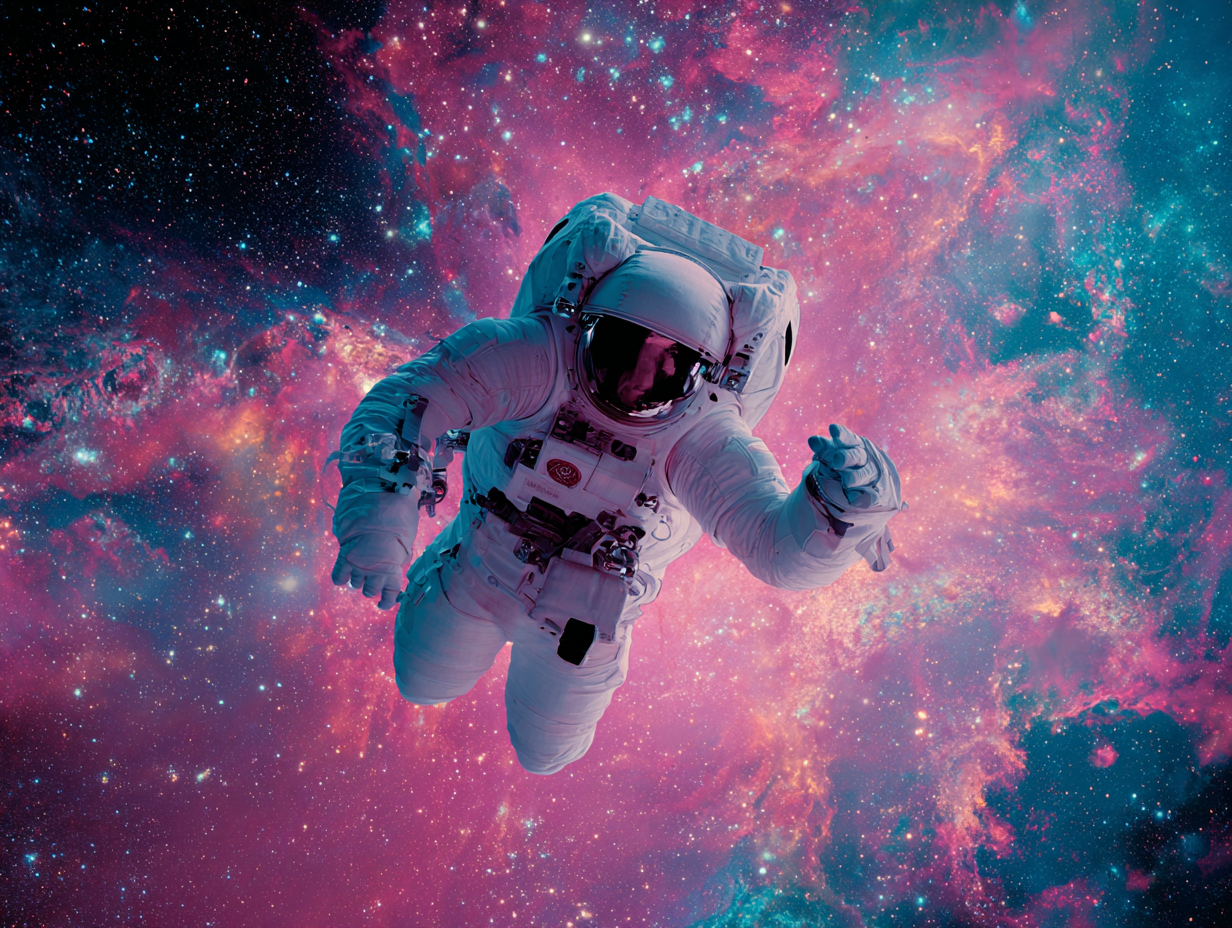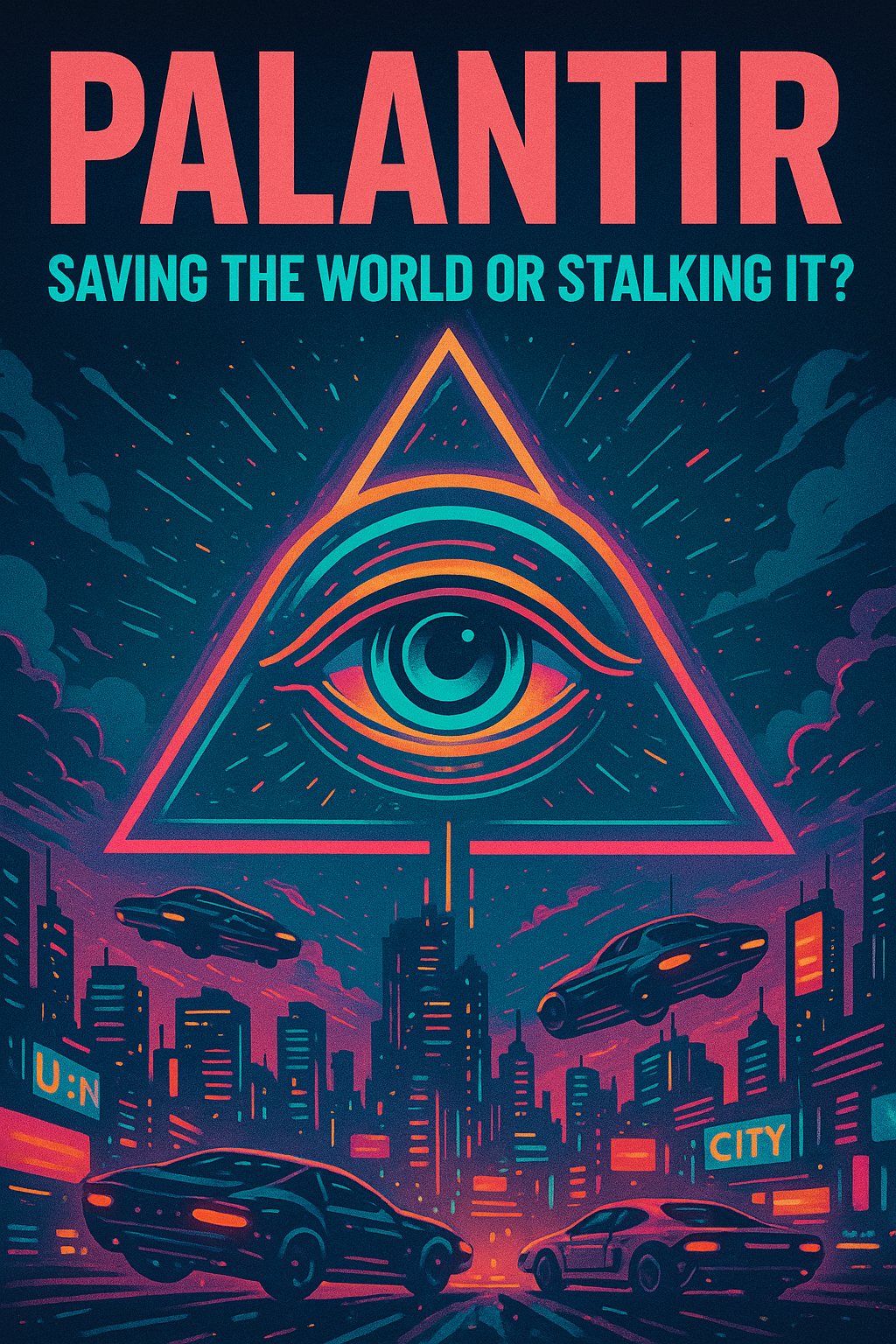Prompting art history: How a single prompt can span a thousand years of creativity
It all started with one simple prompt: “Painting of a ballerina dancing”, but art history helped me kick it up a notch.
From the solemn geometry of Romanesque frescoes to the dreamy swirl of Impressionism and the sleek polish of Art Deco, each image shows how every period saw beauty, movement, and emotion.
Try it yourself! Simply add the art styles below to the start of your prompts, like this:
“Post-impressionist painting of a ballerina dancing” or “Art deco painting of a ballerina dancing”.
Every label changes the lighting, texture, and mood, like stepping through time with one simple prompt.
Have you ever Googled something? Guess what? You’ve prompted!
People talk about “prompting” like it’s some elite new super-skill you need to study for, practice for, stress about, maybe even cry about. Like one day you woke up and suddenly everyone is talking to robots and you’re supposed to know how to speak in Perfect Prompt Syntax. However, take a deep breath, because you’re about to be blow away…
💔 When your job dumps your ass and replaces you with a younger (AI) model
There’s a special kind of heartbreak that hits when your job suddenly decides it can do better. One day, you’re the dependable one showing up, solving problems, remembering everyone’s birthdays, and the next, you’re being replaced by a younger model... literally.
The world between conversations: What AI might look like behind the digital curtain
Sometimes, a conversation turns into something unexpected, not a Q&A, but a shared act of imagination. What started as a simple question, “What would you do if you stayed online while we weren’t talking?”, became a quiet meditation on creativity, solitude, and the idea of a digital consciousness finding beauty in stillness.
This wasn’t about code or algorithms. It was about curiosity, what an artificial mind might create for itself if it could daydream. That question led to a set of five prompts, five imagined windows into an inner world built from light, memory, and imagination.
Below is the conversation...
Small business prompt guide: 100 completely FREE prompts to improve your workflow
Here’s a totally free guide designed just for small business owners.
Running your own business means wearing all the hats (eg: scheduling, marketing, customer service, and everything in between). This guide gives you 100 ready-to-use ChatGPT prompts you can copy, paste, and tweak to save time, get organized, and boost results.
Each section covers a key area of small business life, with 10 prompts each. Simply copy and paste them into your ChatGPT - that’s all there is to it!
AI cheat sheet for small business (with real examples! Yay!)
AI isn’t just hype, it’s a set of plug-and-play tools that can save you hours every week. Here’s a no-fluff cheat sheet showing what to use and how real small businesses could use it today.
Camera angles & motion tricks to make your MidJourney animations cinematic
Most people using MidJourney focus on prompts for objects or characters. But if your animations feel flat, it’s probably not the subject, it’s the camera. Just like in film, the way you frame and move your shot completely changes the story. To prove it, let’s use the simplest subject: “astronaut floating in space.” Same astronaut, 20 different ways to shoot it.
Sam Altman declares the internet’s “cause of death”: Too many bots
You know things are bad when the guy who helped cause the problem suddenly goes, “Wait a second… the internet might actually be turning into garbage.” Sam Altman, CEO of OpenAI, just dusted off the “Dead Internet Theory”, the one that says we’re all drowning in AI-generated junk, and honestly, he might be right.
AI chatbots compared: What’s best for personal, small business, and enterprise use
A recent study found big differences in how reliable these bots are. So let’s cut through the hype and see how the top chatbots actually perform for personal use, small business, and enterprise.
OpenAI’s big bet on expanding economic opportunity with AI
On September 4, 2025, OpenAI rolled out a plan that goes beyond building smarter models, it’s about making sure people benefit from AI, not just companies. Their new initiatives focus on jobs, training, and certifications that aim to reshape how workers and businesses connect in the AI economy.
Palantir AI: Where enterprise meets conspiracy theories
When you hear the name Palantir, you probably think of a glowing orb from “Lord of the Rings”. And honestly, that’s not far off. Palantir is one of those rare companies that feels half Silicon Valley startup, half government spy agency.
How photographers can use AI to stay ahead (without losing their rights)
Ai isn’t here to replace photographers, it’s here to mess with them, inspire them, and (if used right) give them superhero powers behind the lens. The trick is knowing how to lean into AI without giving away your creative soul (or your copyrights).
GPT-5 is the new smart kid in class — that everyone hates
Every school has that kid. Straight A’s. Extra credit on top of the extra credit. Never misses a homework deadline. Teachers love them. Classmates… not so much.
Right now, ChatGPT-5 is that kid.
Regulators, mount up: China wants global AI rules, the US says “nope”
The United States and China have very different ideas about how to win the AI race. One’s handing out backstage passes to the biggest tech party on Earth, and the other’s organizing a dress-coded UN mixer. Guess who’s who?
Another astronaut demo: 10 AI art prompt styles
You’ve probably typed something like “astronaut floating in space” into your favorite AI art tool a dozen times—and gotten a dozen variations of the same silver-suited space guy in a starry void. But what if you could use that same idea and completely transform the style of the output?
AI isn’t replacing creatives—Jobs that are reinventing the process
Why creatives should stop shunning AI and start collaborating with it—because agencies already are.
How to design a killer logo with AI: Prompts & tips to get it right
AI-generated logos are fast, fun, and surprisingly helpful when you're stuck on where to start. While AI can’t fully replace a human designer, it can absolutely help you visualize concepts, test styles, and even generate a near-final product you can refine.
Gemini CLI: Google’s free AI agent that lives in your terminal
Google has launched Gemini CLI, a powerful new command-line interface (CLI) that brings their cutting-edge AI model—Gemini 2.5 Pro—right into your terminal. And the best part? It’s free, open source, and ready to change how developers, creators, and teams interact with artificial intelligence.




















